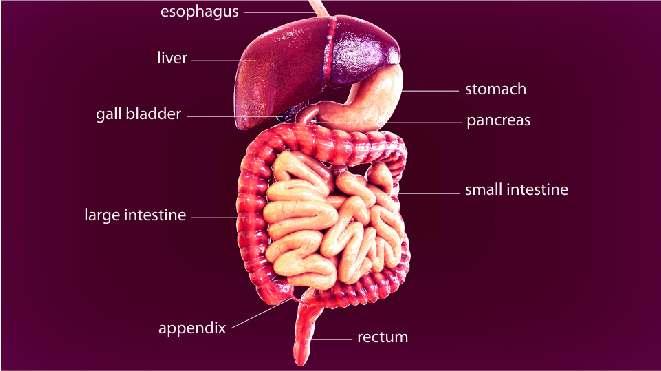Gallbladder cancer as the name suggests, begins in the gallbladder, an organ that stores a substance called bile. To read about gallbladder and gallbladder cancer, click here
What is radiotherapy?
Radiation therapy uses high energy X rays to treat the cancer. It aims at killing the malignant cells and shrinking the tumours. Radiation therapy for gallbladder cancer alone is not very successful. It is often combined with other treatments for better results.
How radiation therapy works for gallbladder cancer?
Strict monitored doses of high energy beams are projected in the areas that are affected by the cancer. Radiation is given externally to treat gallbladder cancers using x-ray machines known as linear accelerators which project the beams of radiation. The advantage of using radiation therapy to treat gallbladder cancer is that it minimizes the risk of damage to the healthy cells. It is often used in treating metastasized gallbladder cancer. Radiotherapy can be used for treating gallbladder cancer in the following ways:
- After surgery: Post surgical removal of the gallbladder tumours, radiation is given to the patients to eliminate the remaining cancer in the body as an adjuvant treatment.
- As the main treatment: Radiation therapy is used as a main treatment for advanced stages of gallbladder cancer.
- Palliative therapy: Radiation is given to the patients to relieve them from pain and other symptoms of gallbladder cancer in advanced stages where the patient cannot be cured and improving the quality of life is the aim of the treatment.
Types of radiation therapy for gallbladder cancer:
For treating gallbladder cancer, the radiation is mainly aimed at the gallbladder and abdomen region to kill the cancer cells and shrink the tumours. Following are the types of radiotherapy therapies used for treating gallbladder cancer:
External beam radiation therapy (EBRT):
To treat gallbladder cancer, external beam radiation treatment uses X rays to treat the cancer tumours. This treatment aims at killing the malignant cells by directing beams of radiation externally using an X ray machine called the linear accelerator. The procedure involves projecting the radiation when the patient is laid down on a table and the linear accelerator moves around him/her to project radiation in different angles. During the procedure, the patient is left alone in a room and is monitored from the cameras fixed in the room to avoid exposure. Higher and more accurate doses are given in order to avoid the side effects caused by damaging the healthy blood cells.
Three-dimensional conformal radiation therapy (3D-CRT):
This treatment is a more advanced type of EBRT. It uses specialized computers which accurately map the location of the tumours. The radiation beams that are projected are shaped similar to the tumours and are given in different angles. This treatment minimizes the damage to the healthy tissues.
Intensity modulated radiation therapy (IMRT):
IMRT is an advanced form of 3D-CRT. This procedure involves the usage of computer driven machines which move the patient as the accelerator delivers radiation. During this treatment, the radiation is shaped and is given in many angles. Doctors can adjust the intensity of the radiation during the treatment.
Chemoradiation:
Radiation therapy is often given along with other treatments, especially chemotherapy to treat gallbladder cancer. The success rate of EBRT when given in combination with chemotherapeutic drugs is much higher than either of them alone. However, the patients have to be able to cope up with the side effects of both the treatments. This treatment is often suggested for patients who have metastasized gallbladder cancer.
Side effects of radiotherapy for gallbladder cancer:
Radiotherapy aims to destroy localized cancer cells, in this process healthy cells can be killed too and this is what leads to side effects of this treatment. Read about the side effects of radiotherapy for gallbladder cancer here
Outlook:
Depending on the type and stage of gallbladder cancer, the patients have to share their medical history along with useful medical information and allergies for the oncologist to prescribe the type and dosage of radiation. Early diagnosis of gallbladder cancer can help in successful treatment. For advanced stages of cancer, high doses of radiation is given with accuracy to reduce the damage to the remaining healthy cells.
Radiation therapy for gallbladder cancer alone does not show successful results, it is often combined with other treatments to increase the survival rate. It is given to patients who have advanced stages of gallbladder cancer which cannot be eliminated by one treatment alone.
Read more about the treatment outcome and post treatment care for gallbladder cancer here




